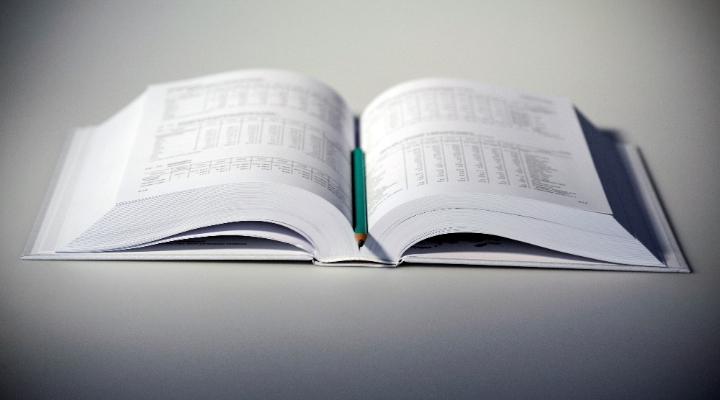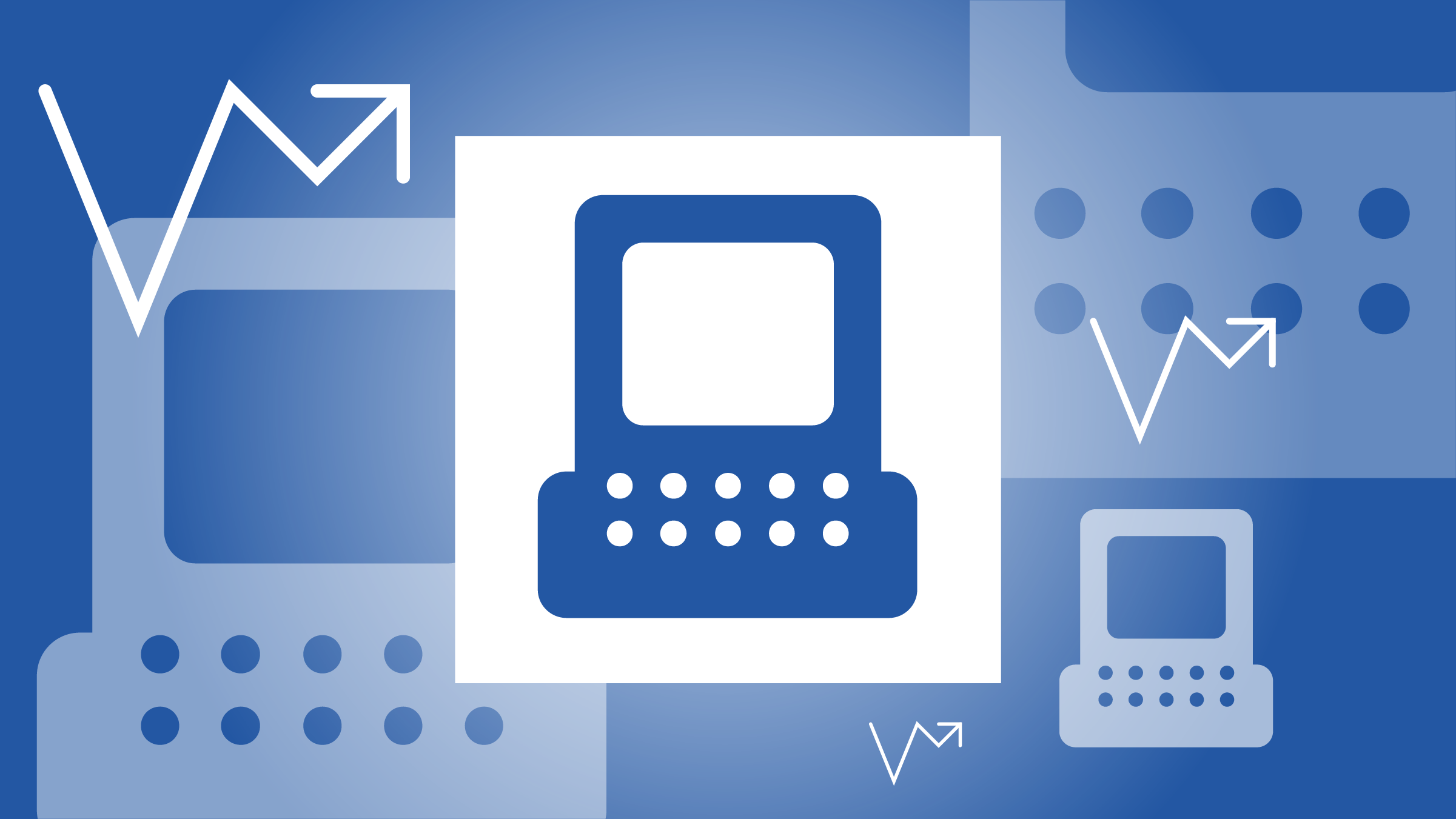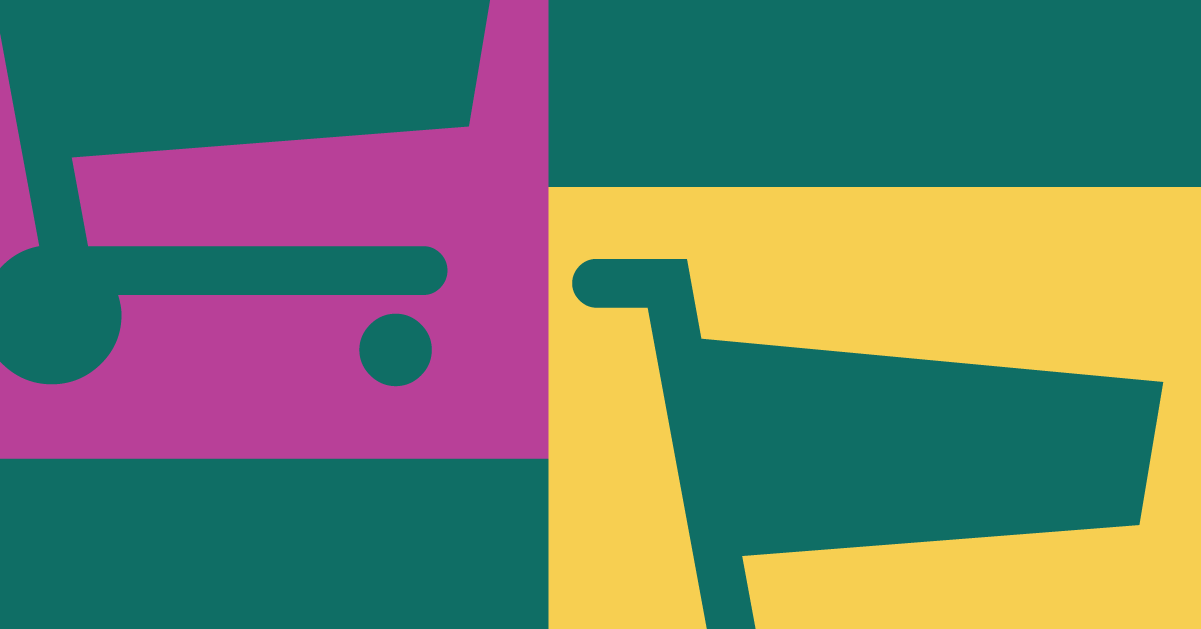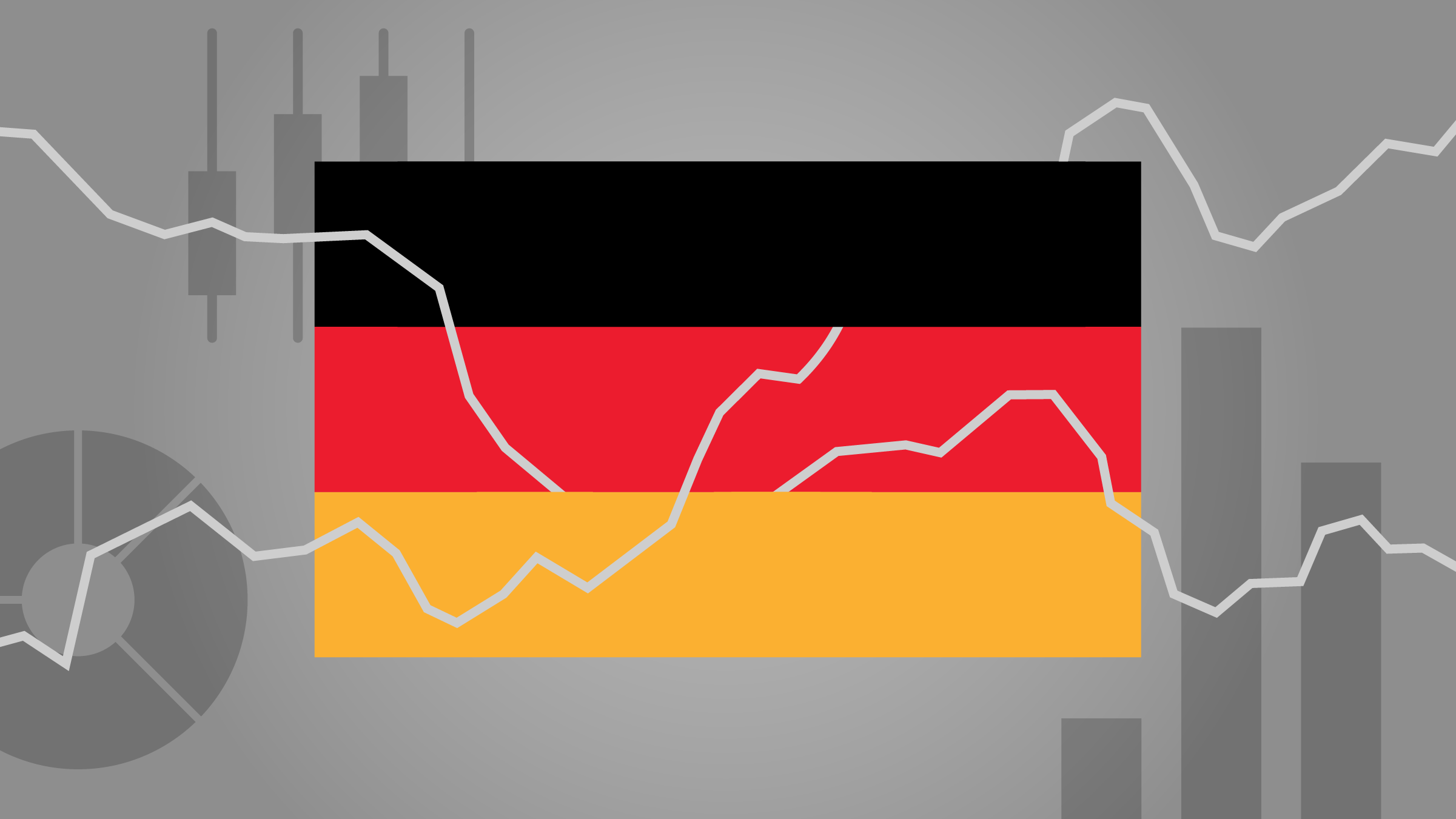
From big businesses balancing the books to young people saving for their next holiday, we all need to budget. Simply put, a budget is an estimation of revenue and expenses over a specified future period of time. It’s easy to say, but difficult do to, because it is not very fun to limit your spending. After all, we'd all like to spend what we make. Instant gratification always trumps prudent long-term money management. And of course, budgeting requires trade-offs. That may mean buying a small flat rather than a house so you can pay off the car loan sooner.
Morningstar director of personal finance, Christine Benz says that everyone, regardless of age, life stage, or income, needs a budget. She explains: “The key point about a budget is that it helps ensure that your spending syncs up with your priorities”.
What's in a Budget?
First, list your current fixed and variable expenses, as well as your sources of income. Examples of fixed expenses are mortgage or rent, car loan, taxes, credit card payment, food, utilities, child care. Personal care (haircuts, gym membership, etc.), dining out, entertainment are examples of discretionary expenses – things you don’t need but you want. Sources of income are salary, pension and social security payment, interest and investment income.
Needs vs Wants
You can easily keep record of your monthly expenses and income in a budget worksheet. When entering your expenses and sources of income, it’s important to distinguish a “need” and a “want”. Needs are living expenses and essentials. Wants are things you want but don’t necessarily need. A basic budgeting rule gets you to split your after-tax income into three categories:
- 50% into spending on needs
- 30% into spending on wants
- 20% into savings
The 50/30/20 budget was devised by Elizabeth Warren’s book, called All Your Worth: The Ultimate Lifetime Money Plan. It's a strategy we've discussed previously in this article that asks: How much should I be saving?
Distinguishing a “need” from a “want” in your spending is up to you. A good rule of thumb is to think about needs as the things you must spend money on each month (fixed expenses). Wants are the things that make you enjoy life (variable expenses). Savings include investments in funds, ETFs, insurance products, pension funds, etc. They help you to reach your financial goals.
A Forward-Looking and Realistic Process
Your budgeting process should start by scrutinising your discretionary expenses over the past month(s). Benz suggests being “forward-looking” and “realistic” as you evaluate variable expenses. For example, you may have spent a lot on restaurant meals over the past month. But if getting in shape is on your list of personal priorities, you can tweak your budget to reduce your spending on restaurant meals and increase the pounds that you're allocating toward food for healthy meals at home. However, it’s unrealistic to plot out a budget with no room for dinner with friends.
The next step is turning your attention to fixed expenses. “These items are necessities, but you may be able to adjust them somewhat”, says Benz. Among the areas where it's possible to reduce your fixed costs are food, clothing, mortgage payments (if refinancing is an option), telecom services, and utilities. Remember that your goal should be not only to balance your household budget but also increase the amount you have earmarked for saving and investing each month.
Don’t Forget the Budget
Finally, put in place a plan to check your real-life spending versus your budget on an ongoing basis. “One of the key mistakes that people make when budgeting is that they create a budget and then put it in the drawer”, concludes Benz.





























